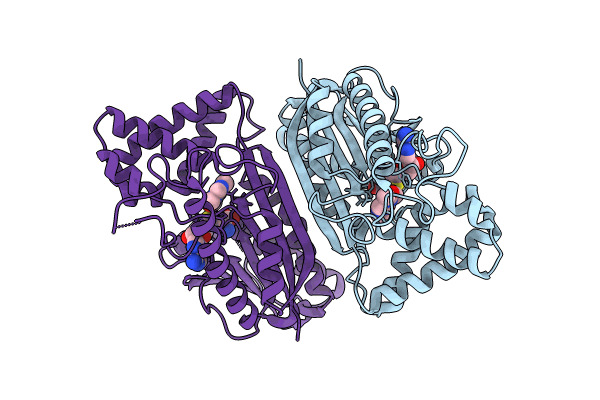
Deposition Date
2023-11-14
Release Date
2024-01-10
Last Version Date
2025-01-22
Entry Detail
PDB ID:
8UZD
Keywords:
Title:
The structure of IpCS3, a theobromine methyltransferase from Yerba Mate
Biological Source:
Source Organism:
Ilex paraguariensis (Taxon ID: 185542)
Host Organism:
Method Details:
Experimental Method:
Resolution:
2.72 Å
R-Value Free:
0.24
R-Value Work:
0.19
Space Group:
P 41 21 2


